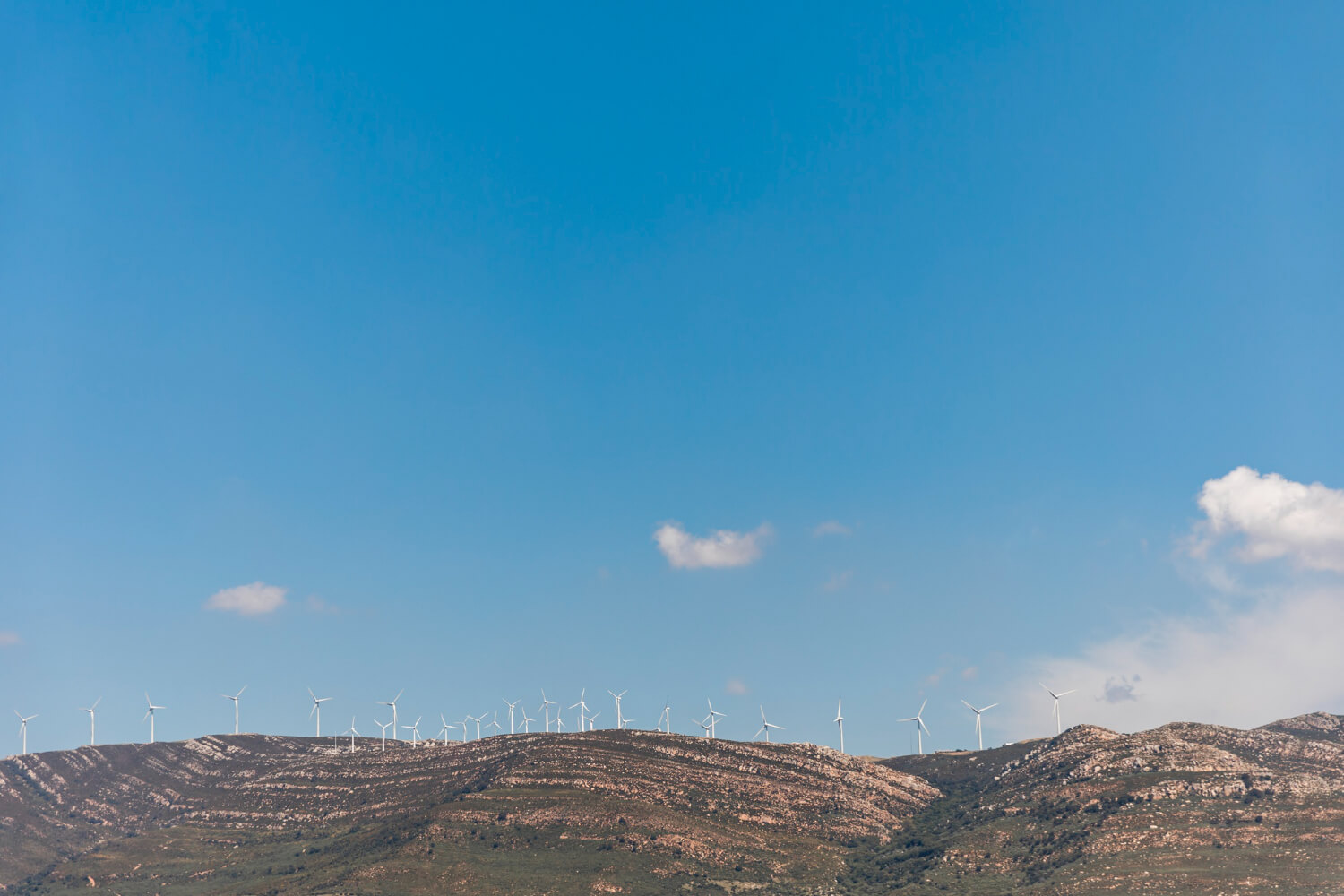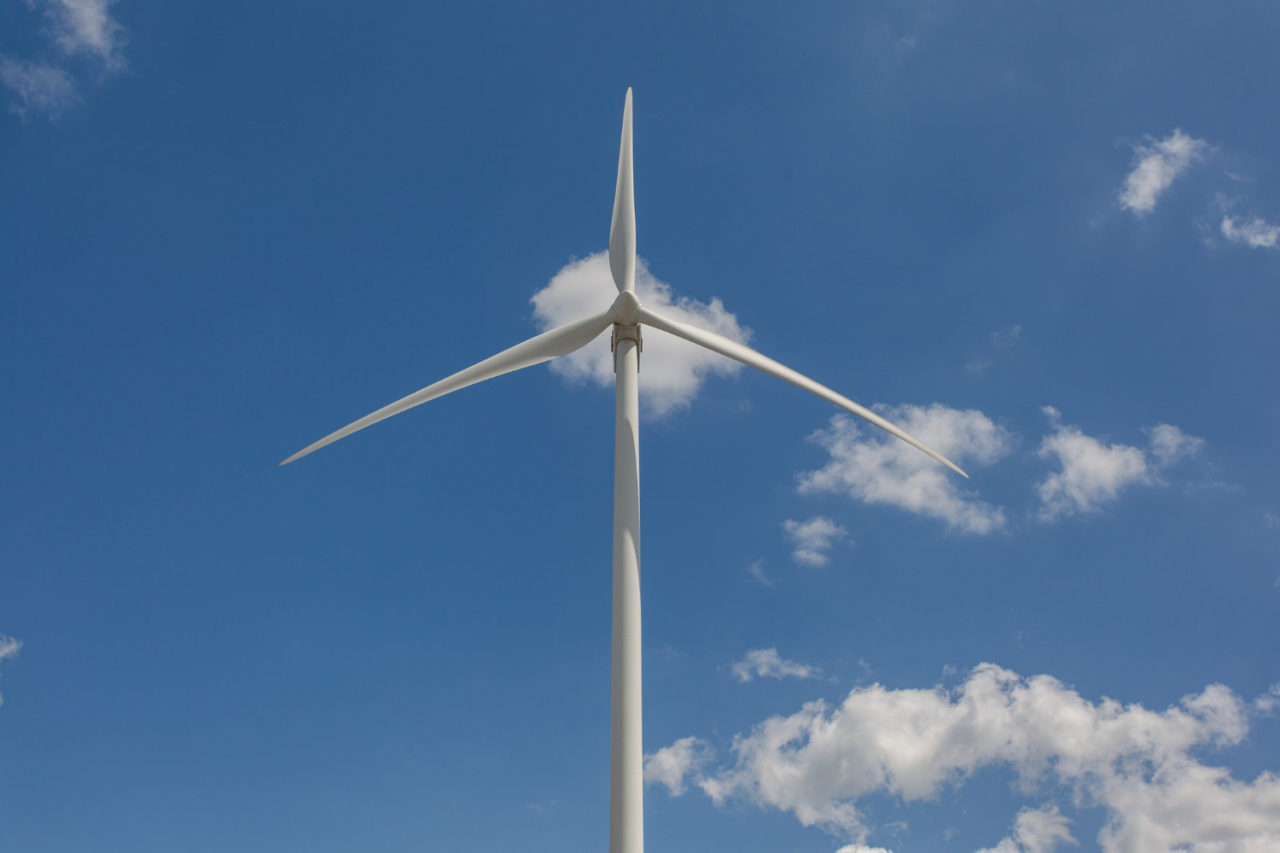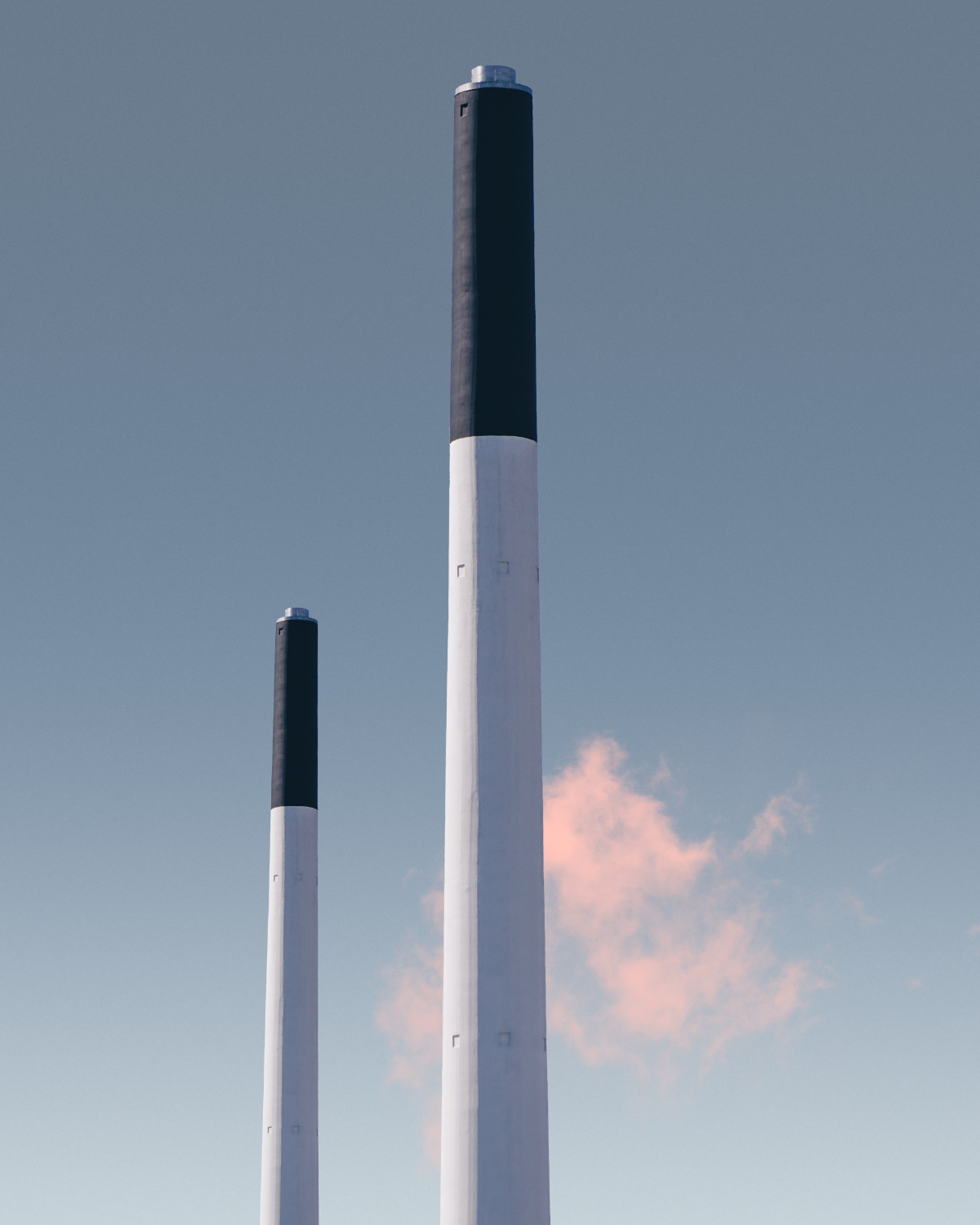
Unlike fossil fuels, which release harmful emissions into the atmosphere, wind turbines have a minimal environmental impact.
Wind energy offers many advantages, which explains why it’s one of the fastest-growing energy sources in the world. In an effort to support a future where power is decarbonized, researchers are tackling technical and socioeconomic obstacles in order to enhance wind energy’s potential and advantages for the community.
What are the advantages of wind power?
- Wind power creates good-paying jobs;
- Wind power is a clean and renewable energy source;
- Wind power benefits local communities;
- Wind power is cost-effective;
- Wind turbines work in different settings.

The challenges of wind power
Blade wind turbines are a major source of danger due to their size.
The towers itself can be higher than a 20-story structure, and the blades themselves can span up to 50 meters in length. This implies that a turbine will fall with great force if it collapses, possibly killing or seriously hurting anybody in its path.
The potential for these turbines to interfere with radar systems is another risk. Due to their increased difficulty in facilitating air traffic control’s tracking of aircraft in the vicinity, this is particularly problematic for airports. Furthermore, there may be an increase in accidents due to radar interference’s ability to decrease visibility.
An additional issue with blade wind turbines is noise pollution. When operating, these enormous machines create a lot of noise, which may disturb neighboring persons and animals.
How bladeless wind turbines work
Due to their many advantages over conventional wind turbines, bladeless wind turbines are a new type of wind turbine that is quickly gaining popularity. Bladeless turbines use a process called aerodynamic induction to generate energy, in contrast to traditional turbines, which have massive blades that revolve to generate power.
The turbine is made out of a tall tower with a tiny platform perched at the summit. The platform has a number of magnets fastened to it that are positioned so they can collect wind energy.
The three-meter-tall bladeless turbines are supported vertically by an elastic rod and resemble cylinders with a curved top. It looks to waggle back and forth to the inexperienced eye, much to a toy car dashboard. Actually, it’s meant to oscillate.

As the wind passes through the magnets, it creates a rotating field that drives an electric generator, which produces electricity.
The potential benefits of bladeless wind turbines are significant. They may become a powerful force in the wind energy industry thanks to their increased efficiency and decreased operating costs. Bladeless turbines may be the wave of the future for wind energy, but only time will tell if they live up to the hype.

For more than 20 years, Universal Kraft has developed greenfield and brownfield wind energy plants all around the world. Large-scale wind initiatives are currently underway in Taiwan, the Caribbean, and Europe. Hydrogen production facilities combined with existing wind energy farms in Sweden and Canada are currently being designed and engineered, for execution in the coming year. Discover all our projects here.




